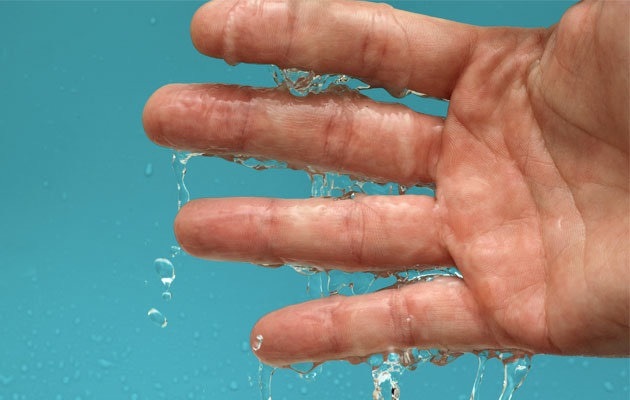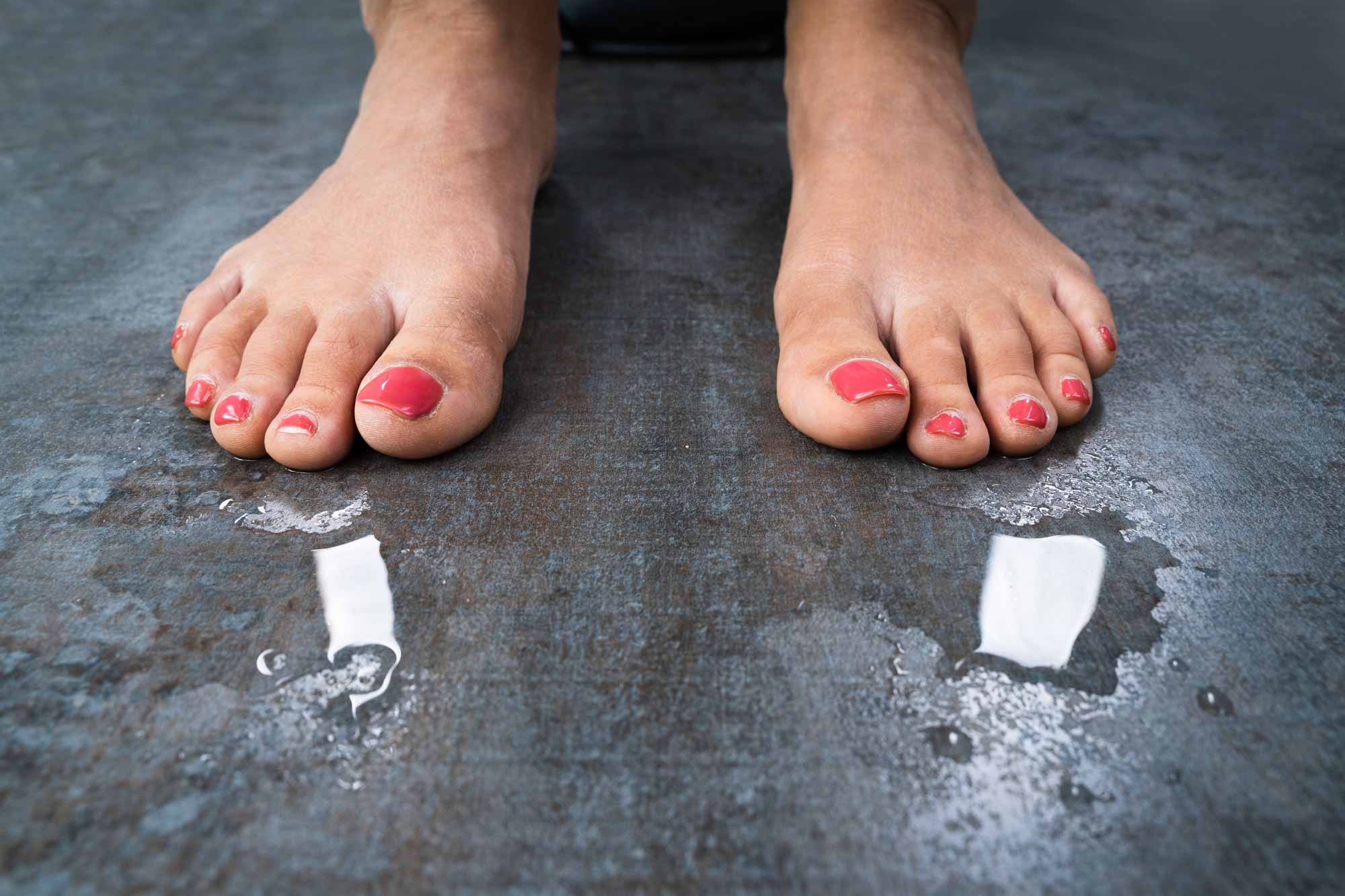Revealing the Intricacies of Excessive Sweating: A Comprehensive Overview to Medical Diagnosis and Management
Extreme sweating, medically recognized as hyperhidrosis, is a problem that affects a considerable variety of people and can have a profound effect on their lifestyle. While sweating is an all-natural physical feature, its overactivity in hyperhidrosis presents an unique set of obstacles that frequently surpass simple discomfort. Understanding the underlying causes, identifying the signs and symptoms, and browsing the analysis process for hyperhidrosis can be elaborate jobs. In this thorough overview, we will explore the intricacies of hyperhidrosis, from its medical diagnosis to the range of therapy alternatives offered, losing light on effective management strategies for those grappling with this condition.

Recognizing Hyperhidrosis Causes
Hyperhidrosis creates can be connected to numerous elements such as genes, hormone imbalances, and certain clinical conditions. Genetics play a substantial role in main focal hyperhidrosis, where people inherit the condition from their household participants. By identifying the particular aspects adding to excessive sweating, health care providers can tailor treatment strategies to resolve the underlying cause, providing alleviation and improving the high quality of life for people influenced by hyperhidrosis.
Recognizing Hyperhidrosis Symptoms

Additionally, hyperhidrosis signs might materialize in social and emotional distress, as individuals might feel self-conscious or anxious about their sweating, leading to avoidance of social scenarios (Treatment for hyperhydrosis of hands and feet). Furthermore, duplicated episodes of excessive sweating can result in skin maceration, fungal infections, and an overall reduction in self-esteem
Diagnostic Refine for Hyperhidrosis
Launching the diagnostic procedure for extreme sweating includes thorough analysis of the person's medical history and physical exam. Inquiring concerning the onset, duration, and triggers of sweating episodes is essential to differentiate in between main focal hyperhidrosis and second generalized hyperhidrosis. Clinical history should additionally include inquiries concerning medications, medical problems, and household background of hyperhidrosis.
During the physical assessment, particular focus is paid to the locations affected by sweating. The doctor might analyze the degree of sweating, check for signs of underlying problems, and examine the impact of sweating on the person's lifestyle. Furthermore, specific examinations like the gravimetric examination, starch-iodine examination, or skin conductance measurements might be carried out to quantify the quantity hop over to these guys of sweat created.
Additionally, in instances where additional hyperhidrosis is thought, added tests such as blood examinations, urine examinations, and imaging studies may be recommended to determine the underlying root cause of too much sweating. The diagnostic process aims to properly identify the kind and reason for hyperhidrosis to assist suitable management methods.
Treatment Choices for Hyperhidrosis
When attending to extreme sweating, numerous therapy options are offered to alleviate symptoms and boost the person's high quality of life. The treatment approach for hyperhidrosis depends on the extent of signs and symptoms and the individual's reaction to initial great site treatments.
Topical treatments, such as aluminum-based antiperspirants, are commonly recommended as the very first line of protection for handling light situations of hyperhidrosis. For people with much more extreme symptoms, dental medications like anticholinergics might be suggested to assist lower sweating.

Effective Monitoring Approaches
To effectively manage hyperhidrosis, a comprehensive and individualized therapy strategy customized to the individual's certain requirements and reaction to previous therapies is important. This plan may incorporate a mix of healing techniques, consisting of way of life modifications, topical therapies, dental medicines, botulinum toxic substance injections, iontophoresis, and in extreme instances, surgical interventions like gland elimination or sympathectomy. Lifestyle modifications such as putting on moisture-wicking garments, utilizing antiperspirants, and practicing stress-reducing strategies can match medical treatments. Topical antiperspirants consisting of aluminum chloride are often the first-line therapy, with stronger solutions offered for resistant instances. Oral medications like anticholinergics might be prescribed for generalised hyperhidrosis. Botulinum toxic substance injections are reliable for focal hyperhidrosis, offering temporary alleviation by blocking the launch of acetylcholine. Iontophoresis, involving using a low electric current to lower sweat gland activity, can be beneficial for both palmoplantar and axillary hyperhidrosis. Surgical options are commonly scheduled for extreme, refractory situations and call for cautious factor to consider of dangers and advantages. A multidisciplinary approach including dermatologists, medical care doctors, and, if essential, specialists, can maximize the administration of hyperhidrosis.
Conclusion
In final thought, hyperhidrosis is a condition characterized by too much sweating, which can substantially influence an individual's quality of life. With proper medical diagnosis and management techniques, individuals suffering from hyperhidrosis can locate alleviation and improve their total well-being.
Extreme sweating, clinically known as hyperhidrosis, is a condition that influences a substantial number of people and can have an extensive impact on their top quality of life. By recognizing the particular factors adding to extreme sweating, healthcare providers can customize treatment strategies to attend to the underlying cause, supplying relief and improving the top quality of life for individuals influenced by hyperhidrosis.
Hyperhidrosis, characterized by too much sweating web beyond what is essential for controling body temperature, can substantially impact a person's quality of life. Making inquiries about the start, duration, and activates of sweating episodes is essential to set apart between main focal hyperhidrosis and secondary generalized hyperhidrosis. Exessive Sweating.In final thought, hyperhidrosis is a problem characterized by extreme sweating, which can greatly affect a person's quality of life